We pay tribute to the late William H. Cravens (1941-2019), who served as the on-site leader at the Polynesian Cultural Center (PCC) from 1975 to 1983, and during that time became our first Polynesian president.
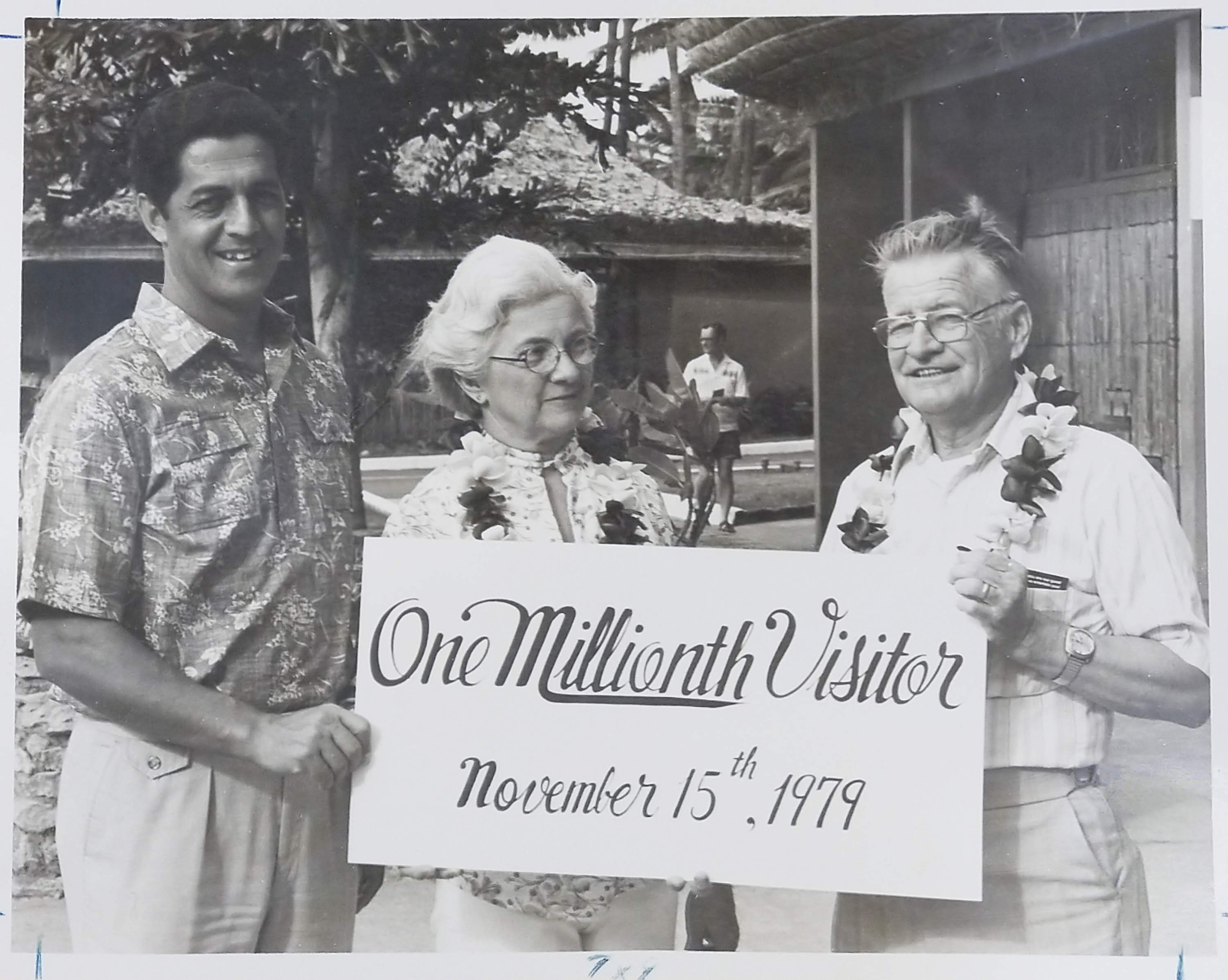
Bill Craven, as President and General Manager of the Polynesian Cultural Center recognizing the one millionth guest at the Center in 1979.
A brief biography
- President Cravens, or Bill as many around here called him, was born on July 7, 1941, in Vallejo, California (his other seven siblings were born in Honolulu), and died on September 2 in San Diego. His mother, Noanoa Soliai, was the daughter of Pinemua Soliai, a paramount chief in American Samoa. His father, Jack Cravens from Missouri, was a career Navy submarine crew chief whose English ancestry in America goes back to Jamestown.
- Cravens grew up in Pacific Beach, San Diego, attended local schools, and was an outstanding athlete, but beach volleyball was his passion during summer and school breaks. He went on to play football for the University of Utah, first as a DB and then quarterback.
- In 1961, he married Karen Janeane Kimbrell, whose family moved from Texas to San Diego when she was two. They attended the same schools from the second grade onward and started dating as high school seniors. Bill and Karen have five boys and nine girls (all living except Valerie Anae who passed away in 2012). They also have 72 grandchildren and currently 11 great-grandchildren.
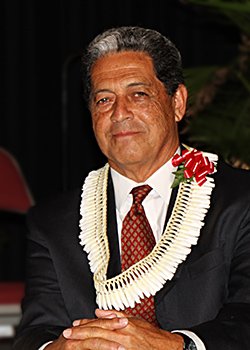
William H. Cravens at the PCC’s 50th anniversary celebration in October 2013
Cravens’ professional career and community life
- In 1963 Cravens felt the desire to know more about his Samoan heritage. That year he and Karen moved to Nu’uuli, American Samoa. Still in his 20s, he soon began working at the American Samoa Bank, and was quickly promoted. He later got involved in other entrepreneurial and government activities, and when the Polynesian Cultural Center board of directors hired him in 1975, he was just 33 years old and president of the Development Bank of American Samoa.
- As a lifelong member of The Church of Jesus Christ of Latter-day Saints, in American Samoa Cravens served as Malaeimi branch president, the first bishop of Nu’uuli, counselor and then president of the Pago Pago Stake. After moving to Laie, he also served as a counselor and then Laie Stake president.
A friend to all
It is difficult to underestimate or overstate the alofa tele (great love) and admiration many PCC old-timers and Laie community residents still have for President Cravens and his extensive family.
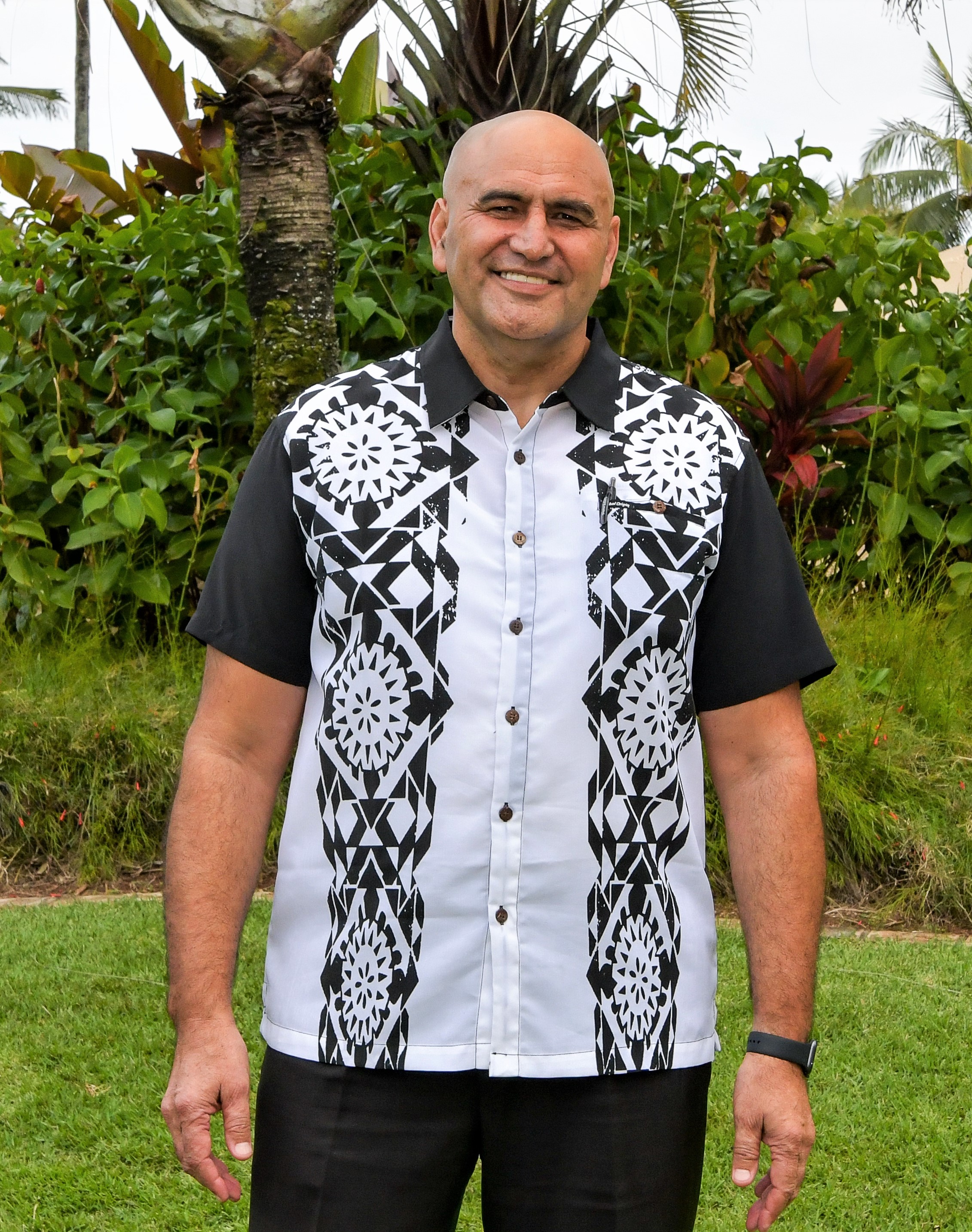
Alfred Grace, President and CEO of the Polynesian Cultural Center
PCC President and CEO Alfred Grace said, “I will always be grateful for the counsel and support I received from Bill on managing the Polynesian Cultural Center and just coping with life in general. Even after all these years, his passion, commitment and love for the PCC and this community were still there for all to see and feel.”
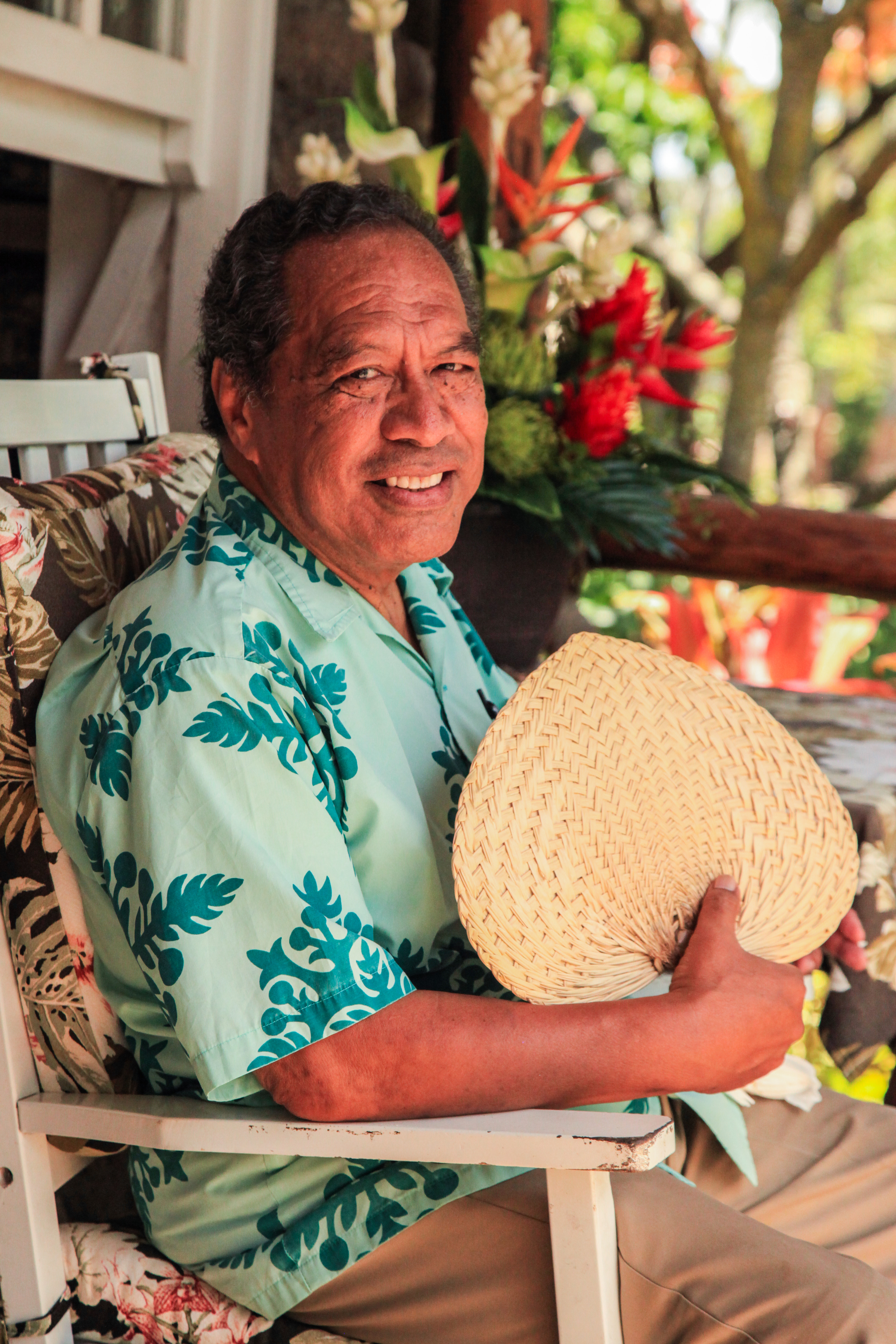
Carl Funoimoana, Former Vice President of the Polynesian Cultural Center under Bill Cravens
“Bill was a good man, and I miss him,” said retired colleague and friend Carl Fonoimoana who knew him both in California and American Samoa before both their families moved to Laie in the 1970s. “He did a lot of good things at PCC.”
Les Steward, who worked in PCC finance and other areas for many years, recalls Cravens as “a young and spiritual Polynesian visionary leader. He was very forward thinking and guided the PCC through our early and successful years of real attendance growth. That was also a challenging time as he navigated through tax challenges leading to the future success of the PCC’s mission.”
“We have all been blessed by his and Karen’s continued love for the Center,” Steward added. “We will miss his association and friendship. A hui hou [until we meet again], Bill.”

Jay Akoi, former Manager of Purchasing
Jay Akoi, a management trainee under Cravens’ early administration, who recently retired from PCC purchasing after many years of service, said, “William H. Cravens will always hold a special place in my heart. I am most grateful for Bill’s love for my family, the community and our BYU-H Seasiders athletic program. My job at the Polynesian Cultural Center turned out to be a 45-year career. Thank you, Bill. You will never be forgotten here.”
Cravens initiated ongoing projects
Retired PCC senior manager and Hawaiian culture expert Cy Bridges has many memories of working with Cravens. He said one day Cravens called him and the late Uncle Bill Wallace III into his office and asked them to start the Center’s own hula halau. Bridges said he and Wallace were initially concerned at all the extra effort that would take, but after Cravens pledged the Center’s total support, Hui Hooulu Aloha soon emerged as a talented group.
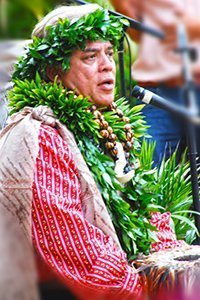
Cy Bridges, former Director of Protocol
The PCC’s own went on to distinguish itself in the Merrie Monarch Festival, King Kamehameha competition and many other appearances — and after a recent revival, danced during the PCC’s Moanikeala Festival on Sept. 7, 2019.
“This would not have happened without Bill Cravens,” Bridges said. “Bill wanted us to be a part of the Hawaiian cultural mainstream. Whatever was happening outside, he wanted us to be a part of it. He was such a special person to me.”
Connecting with China
Retired PCC Vice President of Human Resources John Muaina recalled President Cravens played an important role in launching the Center’s close relationship with the People’s Republic of China:
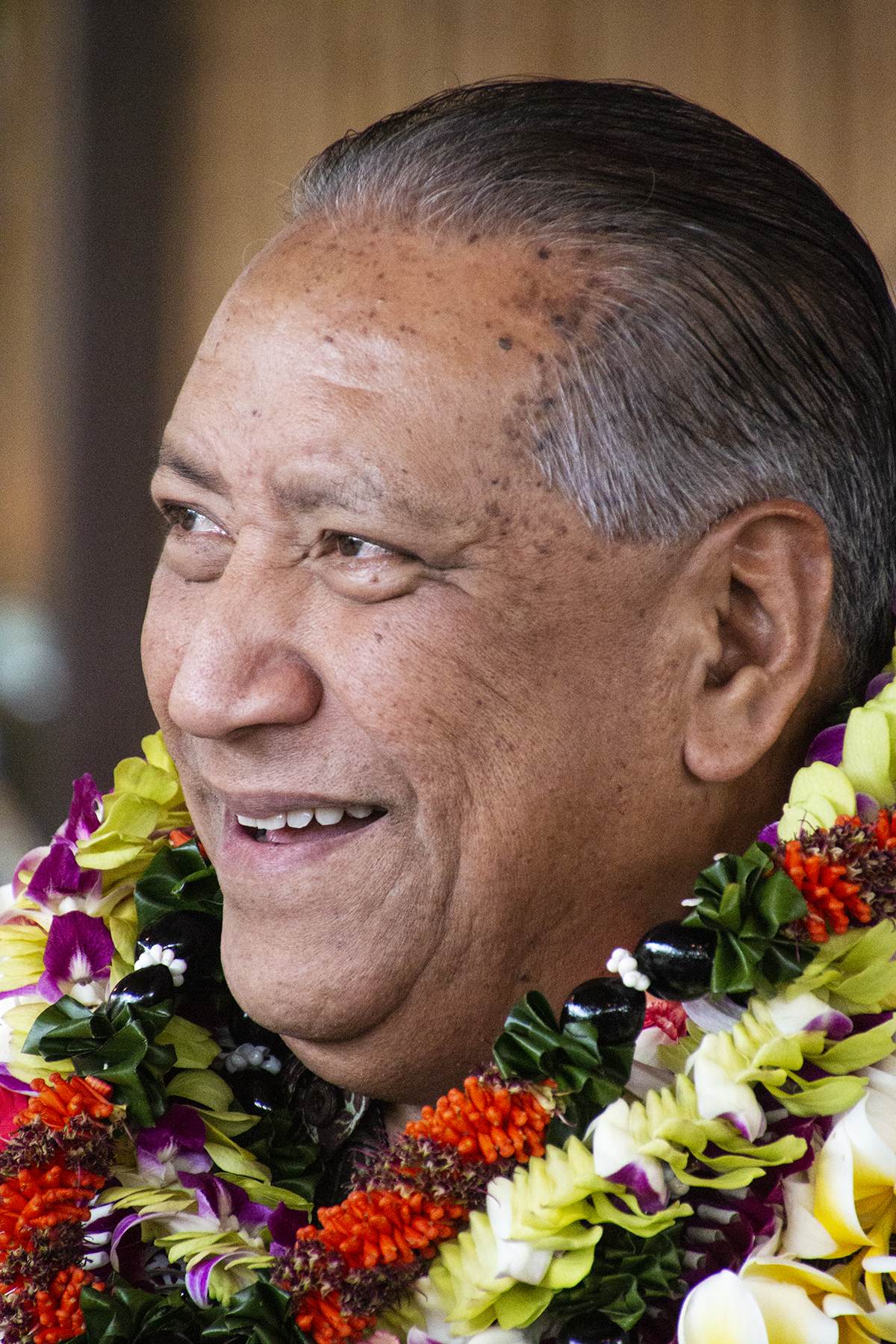
John Muaina, retired VP of Human Resources
“The history of the PCC’s Asian Executive Management program (formerly the Chinese Internship Program) began when Bill received a phone call from the Commander of the Pacific Fleet Headquarters (CINPAC). They requested that PCC host a group of high-level Chinese dignitaries who had just finished visiting then-U.S. President Jimmy Carter.”
After an initial welcoming, Cravens hosted the group in the PCC Boardroom. Their leader, General Geng Biao (through his interpreter), inquired about sending their “brightest” students to study at the Brigham Young University–Hawaii (BYU-H). Following this inquiry, Cravens invited BYU-H President J. Elliott Cameron to join them. Both presidents understood the significance of the general’s visit from the People’s Republic of China and told him they would need approval from Church leaders.
In 1981, six months after that initial meeting, the first group of six young managers from China arrived in Hawaii. It was an auspicious beginning, and the joint program continues today. Almost 400 interns have participated since it started. “Reciprocation of goodwill was key in the formation of friendly relations between the PCC, University, Church officials and the Chinese Government,” said Muaina, who coordinated the ensuing training program for many years.
‘Empathetic, friendly, spiritual, approachable, gracious, generous’
Oldest daughter Susan Noanoa Cravens Kunz, PCC’s e-marketing retail director, recalled her father and family were always active. They loved hiking, body surfing, and going to the movies in Waikiki, among many things. “Dad was always fun,” she said. “For example, he built a half-sized basketball court right outside his front door and invited neighborhood kids to play there at all hours.”
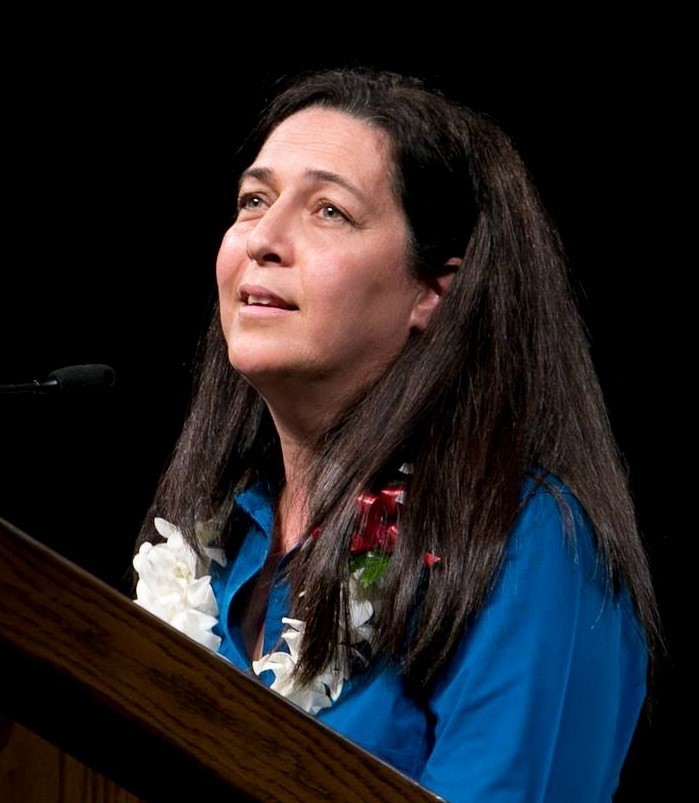
Susan Cravens Kunz, eldest daughter of Bill and Karen Cravens
“Really, my favorite memories of him are similar to many others. He took time to listen, was truly interested in others, and then gave meaningful life-changing help.”
“When I think of those who served as presidents of this special place,” said Steve Laulu, PCC director of cultural islands, “Bill Cravens is one who stands out in my mind because of who he was. He was not only a wonderful president of the PCC, he was my PCC president when I first came to work here.”
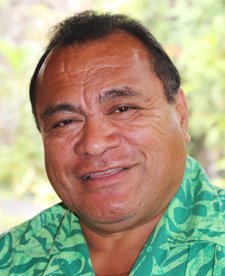
Steve Laulu, Islands Director
“He was a loving, kind and humble man who always greeted us with a smile. He showed genuine interest in the employees and was very complimentary of our work. Whenever we crossed paths, he would always take the time to ask how I was doing.”
“Bill Cravens was a people’s man. He made us feel special about ourselves and he valued our contributions to the Center. He was an example of how one ought to treat people regardless of position and status. Ia manuia lau malaga [may you have a blessed journey], President Bill Cravens. You are truly my hero!”
Delsa Atoa Moe, PCC Vice President of cultural presentations, who last saw President Cravens at the late Uncle David Hannemann’s funeral earlier this year, said, “From the time I knew him and his āiga [family] in Samoa, to the time I worked for him at PCC and the associations I’ve had with him thereafter, he’s always been spiritual, a family man, a gentleman, an empathetic leader and a great friend to many. I count him as one of those giants I’ve admired.”
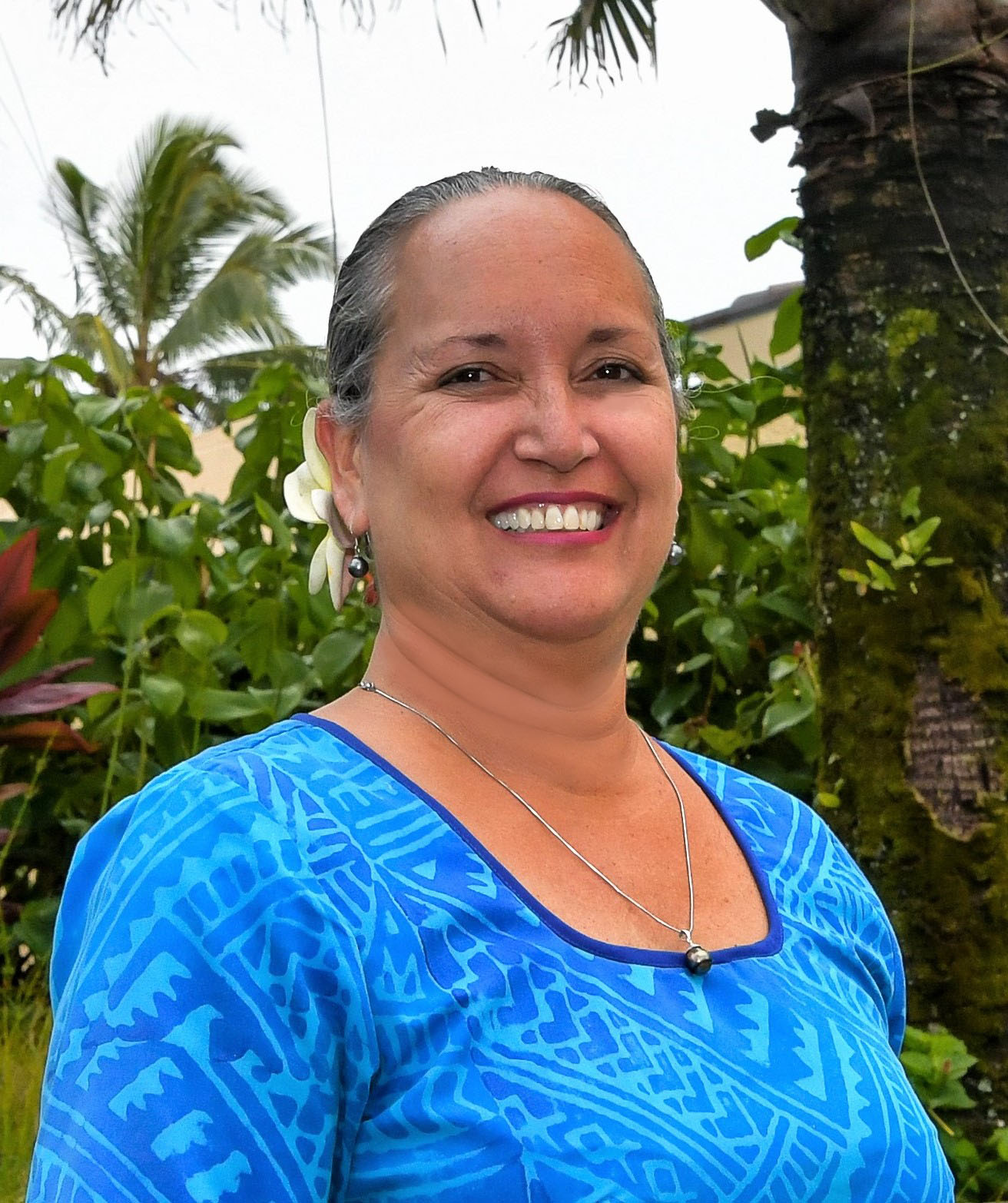
“When I came to BYU-H in 1978, he was General Manager of the PCC and many employees thrived under his leadership. He was very charismatic and approachable. He was also fun and loved his sports. He was firm yet encouraging with his expectations. He was always gracious and generous with his time to help others in need; and when he left PCC, he remained a good friend and mentor to many of us.
“To Sister Cravens, the children and the extended Cravens āiga. My heart goes out to you all at this time of great sorrow. May the love that many of us have for your husband and dad remove a little bit of death’s sting. Your loss is our loss, too, as we all look forward to seeing him again in the next life. Thank goodness for that knowledge. Alofa tele mo outou uma le āiga Cravens pele [great love to all of you, dear Cravens family]. He certainly touched my life for good. Ia manuia lau malaga, President Cravens.
“He will be missed in person, but his contributions and love for PCC will always be remembered with much fondness as part of PCC’s legacy.”
 Story and photos by Mike Foley, who has been associated with the Polynesian Cultural Center for over 50 years. He had a long career in marketing communications, PR, journalism and university education before becoming a full-time freelance writer and digital media specialist in 2002. Foley learned to speak fluent Samoan as a Latter-day Saint missionary before moving to Laie in 1967, and he still does. He has traveled extensively over the years throughout Polynesia, other Pacific islands and Asia. Though nearly retired now, Foley continues to contribute to PCC and a select few other media.
Story and photos by Mike Foley, who has been associated with the Polynesian Cultural Center for over 50 years. He had a long career in marketing communications, PR, journalism and university education before becoming a full-time freelance writer and digital media specialist in 2002. Foley learned to speak fluent Samoan as a Latter-day Saint missionary before moving to Laie in 1967, and he still does. He has traveled extensively over the years throughout Polynesia, other Pacific islands and Asia. Though nearly retired now, Foley continues to contribute to PCC and a select few other media.
Bill and Karen Cravens, along with baby Susan, were among the first people he met in American Samoa in 1965.

In 1973, while my family attended the Nuuili branch, I worked for the High Court as an executive research assistant. Then Stake President Cravens and I had the following discussion. Advisors from the United States, perhaps Department of Interior, but I have forgotten if I ever knew, had expressed concern about the relatively large families on the Island of Tutuila, and that it would be overcrowded. President Cravens asked me for my advice. I told him that Tutuila was about the same as Manhattan Island, 26 to 30 miles long, 3 to 5 miles at its widest, surrounded by water, and Manhattan had a population of about one million eight hundred thousand, compared with the 25,000 in Samoa, so there was no immediate concern I could see.
John, what an interesting interaction. I will send this memory to President Craven’s family. I am sure that they will be pleased to receive this example of his concern and problem solving skills, plus in knowing about your assistance to him with such an important question.